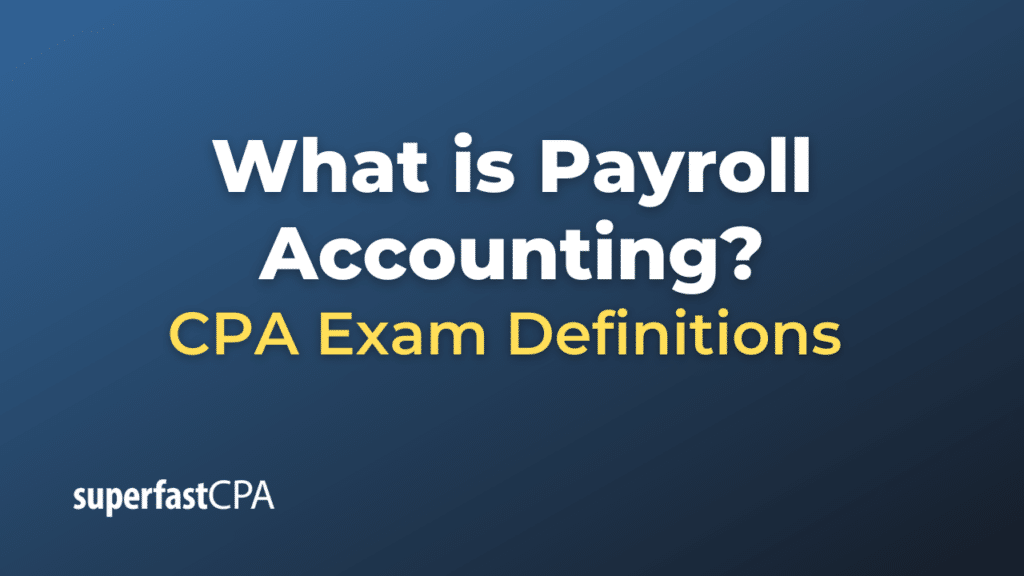Payroll Accounting
Payroll accounting involves the recording, tracking, and analyzing of employee compensation. It’s a crucial aspect of a company’s financial accounting system.
Payroll accounting tasks include:
- Salary calculations: Determining the gross pay of each employee based on their wage rate and hours worked.
- Deductions: Calculating the amount of money to be deducted from each employee’s gross pay for items such as taxes, social security, health insurance premiums, retirement contributions, and wage garnishments.
- Net pay: Subtracting the deductions from the gross pay to determine the net pay, which is the actual amount paid to the employee.
- Employer payroll expenses: Calculating the employer’s share of payroll taxes, as well as other expenses like matching contributions to retirement plans or the cost of employee benefits.
- Record keeping and reporting: Recording all payroll transactions in the general ledger, preparing payroll reports for management, and filing required payroll tax forms with government agencies.
- Compliance: Ensuring the company’s payroll practices comply with various regulations, including labor laws, tax laws, and accounting standards.
Proper payroll accounting is important not only for compliance with legal and tax requirements but also for the management of business costs and the provision of accurate financial statements. Many businesses use payroll software or hire payroll services to handle these tasks due to their complexity and the importance of accuracy.
Example of Payroll Accounting
Let’s use the example of a small business called “Baker’s Delight” with three employees.
- Salary calculations: Each employee works 40 hours per week and is paid $20 per hour. The weekly gross pay for each employee is 40 hours x $20/hour = $800.
- Deductions: Each employee has the following deductions:
- Federal income tax withheld: $100
- State income tax withheld: $50
- Social Security tax (employee portion): $49.60 (6.2% of $800)
- Medicare tax (employee portion): $11.60 (1.45% of $800)
- Health insurance premium: $40
- Net pay: Subtracting the deductions from the gross pay gives the net pay:
- $800 (gross pay) – $100 (federal tax) – $50 (state tax) – $49.60 (Social Security tax) – $11.60 (Medicare tax) – $40 (health insurance) = $548.80
- Employer payroll expenses: The employer also owes a matching amount for Social Security and Medicare taxes, plus it has other expenses like unemployment insurance. In this case, the additional expenses might include:
- Social Security tax (employer portion): $49.60
- Medicare tax (employer portion): $11.60
- Unemployment insurance: $25
- Record keeping and reporting: All of these transactions would be recorded in the company’s accounting system. For instance, the total weekly wages of $2400 ($800 x 3 employees) would be recorded as an expense, and the amount of net pay paid out, the taxes withheld, and the employer’s payroll expenses would all be recorded as well.
- Compliance: The employer would need to make sure all these calculations are done correctly and that all the necessary tax forms are filed. In reality, many businesses use payroll software or hire a payroll service to make sure everything is done correctly and on time.
This is a simplified example and doesn’t include every potential payroll expense or deduction, but it gives a basic idea of what’s involved in payroll accounting.













